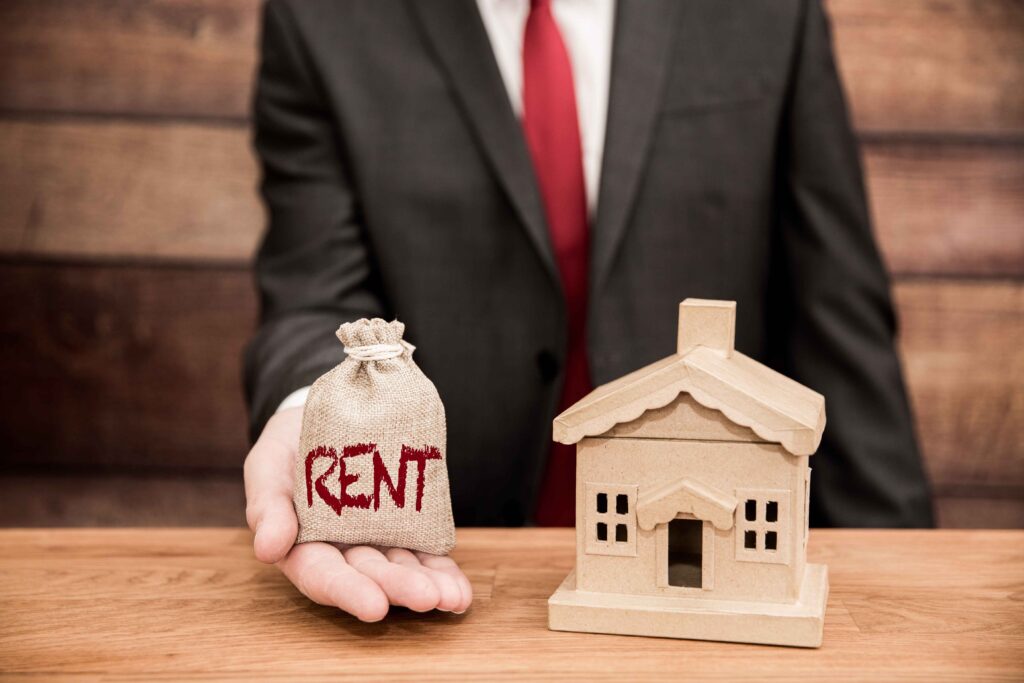Understanding the True Profit Margin in Rental Properties
Investing in rental properties remains one of the most attractive strategies for building wealth through real estate. However, understanding your rental property profit margin is critical if you want long-term success. Many investors get caught up in gross rental income projections while underestimating the impact of maintenance costs and operational expenses.
Let’s break down what really defines profitability in rental properties—and how to maximise it.
💸 Rental Income: More Than Just Monthly Rent
For most investors, rental income is the primary reason to enter the property market. The idea of earning passive income every month is compelling—but it’s important to understand the variables that affect actual income potential.
Your rental property profit margin depends heavily on the consistency and competitiveness of your rent, which in turn is influenced by:
-
Location and neighbourhood appeal
-
Size, layout, and amenities of the property
-
Property condition and age
-
Local market demand and seasonality
“The key to success in rental properties is to accurately estimate the potential rental income while considering all the factors that can impact it.”
– John Doe, Real Estate Investor
Investors should use realistic, market-based figures when projecting revenue, and always include scenarios for seasonal dips or vacant months to avoid surprises.

One of the biggest threats to a healthy rental property profit margin is ongoing maintenance. While rent is predictable, repairs rarely are—and ignoring them can quickly eat into your returns.
Common maintenance costs include:
-
Routine repairs and servicing (plumbing, electrical, HVAC)
-
Landscaping and exterior upkeep
-
Replacing appliances and worn-out fixtures
-
Emergency repairs or damage from tenants
-
Compliance with safety standards and local regulations
Smart investors don’t just wait for things to break—they budget for maintenance proactively, ensuring their property stays attractive and compliant while avoiding costly surprises.
🧮 How to Calculate the True Rental Property Profit Margin
If you want an accurate view of your real estate performance, you must calculate your rental property profit margin with precision. Here’s a step-by-step approach:
-
Track your rental income: Include base rent, late fees, and any add-ons (e.g., parking or pet rent).
-
Record all maintenance and repair expenses: Categorise for clarity (routine vs. emergency).
-
Subtract maintenance costs from total rental income to get your gross profit.
-
Deduct additional costs: Property taxes, insurance, property management fees, legal costs, etc.
-
Divide your net profit by the total rental income, then multiply by 100 to get your true profit margin percentage.
This formula gives you an honest view of how well your property is performing—beyond the monthly rent figure.
📈 Strategies to Improve Rental Property Profit Margins
If your margins are tighter than expected, you’re not alone. Here are practical ways to optimise profitability:
✅ 1. Set Smart, Competitive Rental Rates
Use up-to-date market data and occupancy trends to adjust your pricing regularly. Consider furnished options or short-term rentals in tourist-heavy areas for higher yields.
✅ 2. Preventative Maintenance Pays Off
Regular inspections and quick responses to small issues can prevent major repairs later. This protects your property’s value and improves tenant satisfaction.
✅ 3. Screen Tenants Carefully
Bad tenants can cost thousands in damage and missed rent. A strong screening process reduces turnover, missed payments, and repair costs.
✅ 4. Use Technology to Streamline Costs
Leverage property management tools for rent collection, maintenance tracking, and communication. Automation saves time and money while improving oversight.
✅ 5. Monitor Performance Monthly
Don’t wait until tax season. Review profit margins monthly to identify cost leaks, rent increases, or service improvements that can enhance returns.
“Successful rental property investors are those who are proactive, adaptable, and always seeking ways to maximize their profitability while minimizing risk.”
– Jane Smith, Real Estate Consultant
✅ Conclusion: Know Your Margins, Grow Your Portfolio
Real success in real estate doesn’t come from owning property—it comes from owning profitable property. Understanding your true rental property profit margin is the foundation of a smart, scalable investment strategy.
By accurately tracking income, accounting for all costs, and actively improving efficiency, you’ll set yourself up for long-term gains in any market.
👉 Ready to maximise your rental returns in Thailand?
Contact Inter Property Phuket to learn how professional property management can help you protect your margins and grow your portfolio with confidence.



